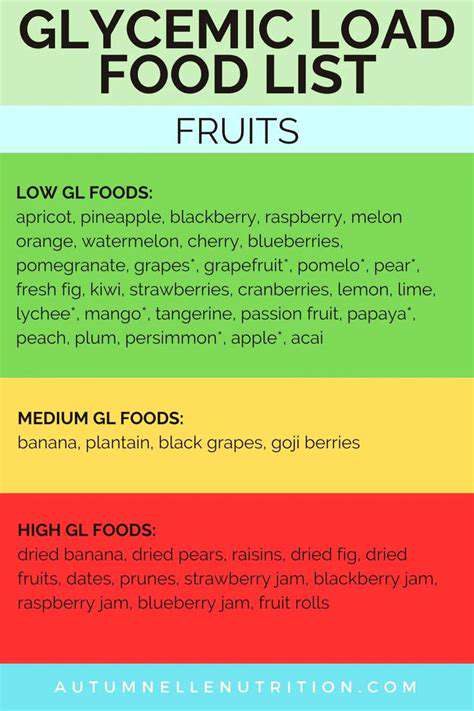Flexitarian Dinner Ideas for the Whole Family
Understanding the Flexitarian Concept
More families are discovering flexitarianism—an eating style that focuses on plant foods but doesn't completely cut out meat or dairy. This balanced approach makes it easier for families to adopt healthier habits without feeling restricted. Unlike strict diets, flexitarianism allows for gradual changes, which helps everyone adjust at their own pace.
The heart of flexitarianism lies in making vegetables, fruits, whole grains, and legumes the stars of your meals. Research shows this eating pattern can lower risks for many health issues while still leaving room for occasional animal products. For families, this flexibility often means better long-term success compared to all-or-nothing approaches.
Planning Delicious Flexitarian Meals
Good meal planning turns flexitarian eating from a challenge into an adventure. Start by mixing colorful produce with protein-packed beans, lentils, and whole grains. Hearty vegetable stews, grain bowls packed with texture, and stir-fries bursting with flavor can make plant-focused meals satisfying for the whole family.
Playing with global flavors keeps meals exciting. Try Mexican-inspired bean tacos one night and an Asian-style tofu stir-fry the next. Involving kids in choosing spices and herbs helps them connect with new foods—let them sprinkle cilantro or shake on some smoked paprika.
Involving the Family in the Transition
Successful changes happen when everyone participates. Take children grocery shopping and let them pick out new vegetables to try. Assign age-appropriate kitchen tasks—younger kids can wash produce while teens help chop ingredients. When kids help prepare meals, they're more likely to eat them enthusiastically.
Keep conversations positive and focus on what you're adding rather than taking away. If someone misses certain foods, brainstorm how to include them occasionally in balanced ways. Maybe Saturday mornings become pancake time with both regular and whole-grain options available.
Overcoming Challenges and Maintaining Motivation
Expect some bumps when changing family eating patterns. If a child begs for chicken nuggets, serve them alongside roasted sweet potatoes and cucumber sticks. Progress matters more than perfection—celebrate when the family enjoys a new lentil soup or asks for seconds of roasted vegetables.
Mark milestones with fun rewards like a family picnic or letting the kids choose a new kitchen gadget. Keep favorite recipes flexible—maybe your famous chili gets made with half meat and double the beans. This adaptive approach helps flexitarianism feel sustainable rather than restrictive.
Beyond the Burger: Creative Plant-Based Protein Options
Beyond the Beyond Burger: Exploring Innovative Plant-Based Protein Sources
While plant-based burgers get attention, nature offers incredible protein diversity. Nutritious options like lentil-walnut loafs or mushroom-based meatballs provide satisfying textures without processed ingredients. Whole food proteins often pack more fiber and nutrients than their processed counterparts, supporting better digestion and lasting energy.
Choosing diverse plant proteins also benefits the planet. Growing peas or lentils uses far less water than raising livestock. As families explore these options together, they can discuss how food choices connect to environmental care—an important lesson for children.
From Tofu to Tempeh: Mastering Versatile Plant-Based Protein
Tofu's chameleon-like qualities make it invaluable. Pressed and marinated, it soaks up flavors beautifully in stir-fries. Blended silken tofu creates creamy sauces and desserts. For families new to tofu, starting with crispy baked cubes in familiar dishes helps ease the transition.
Tempeh's firm texture stands up to grilling and works wonderfully in sandwiches. Its fermented nature offers gut-friendly benefits. Try crumbling seasoned tempeh into tacos or pasta sauce—many kids enjoy its meaty bite. Pairing new proteins with favorite flavors increases acceptance.
Don't overlook humble beans! Chickpeas roast into crunchy snacks, blend into creamy hummus, or star in Mediterranean salads. Black beans shine in burgers and Mexican dishes. Keeping cooked beans frozen in portions makes adding plant protein to meals effortless. Experiment with different varieties—some families prefer creamy cannellini beans while others enjoy earthy black-eyed peas.
The key is finding preparations your family enjoys. Maybe that means sneaking pureed white beans into mashed potatoes at first, then gradually introducing whole beans in more visible ways. Over time, these nutritious staples can become familiar favorites.













